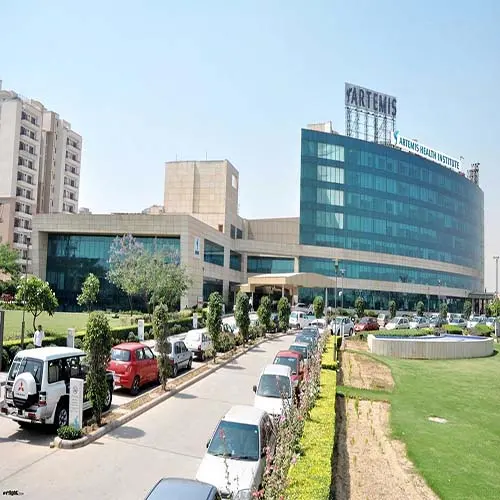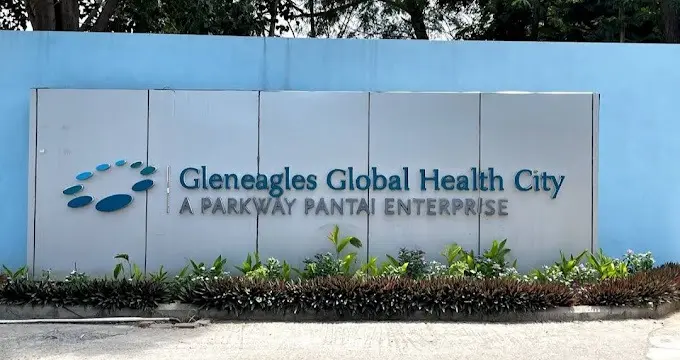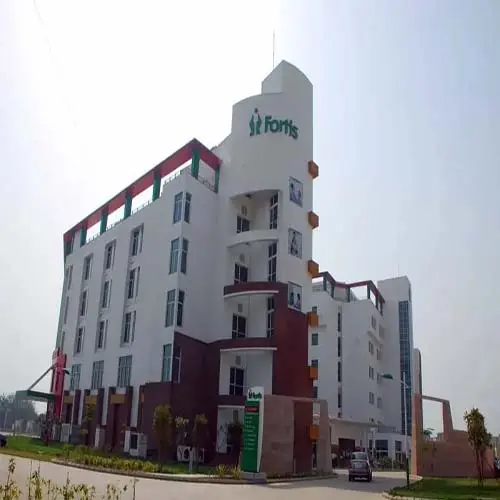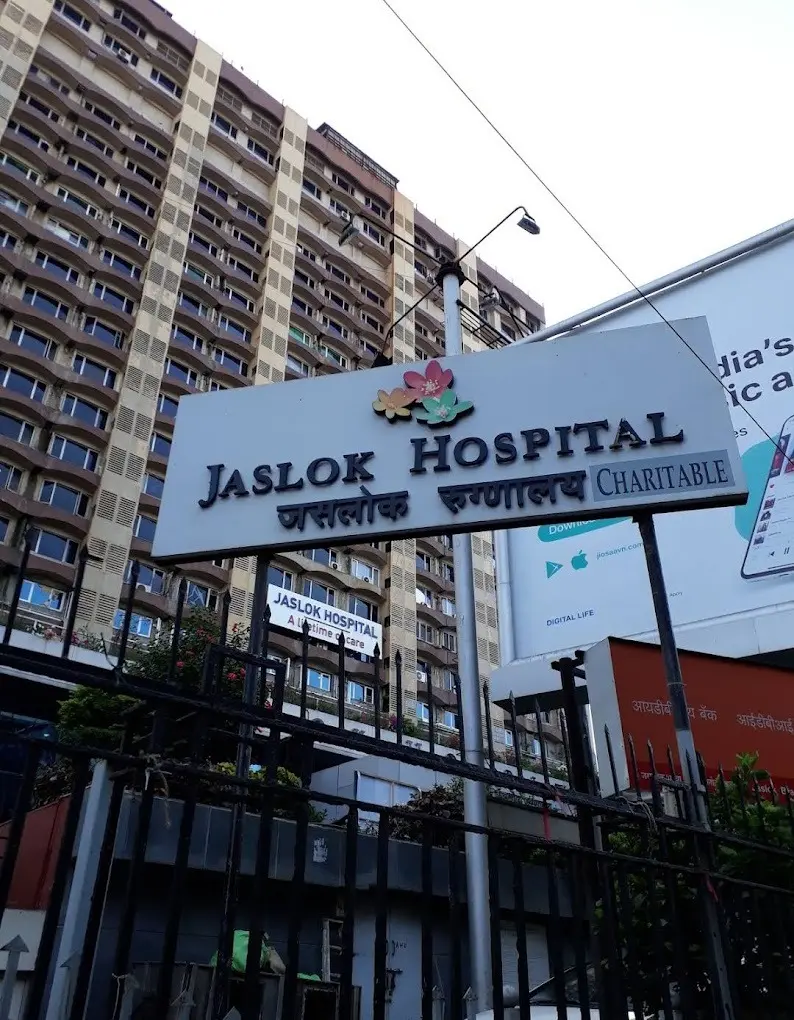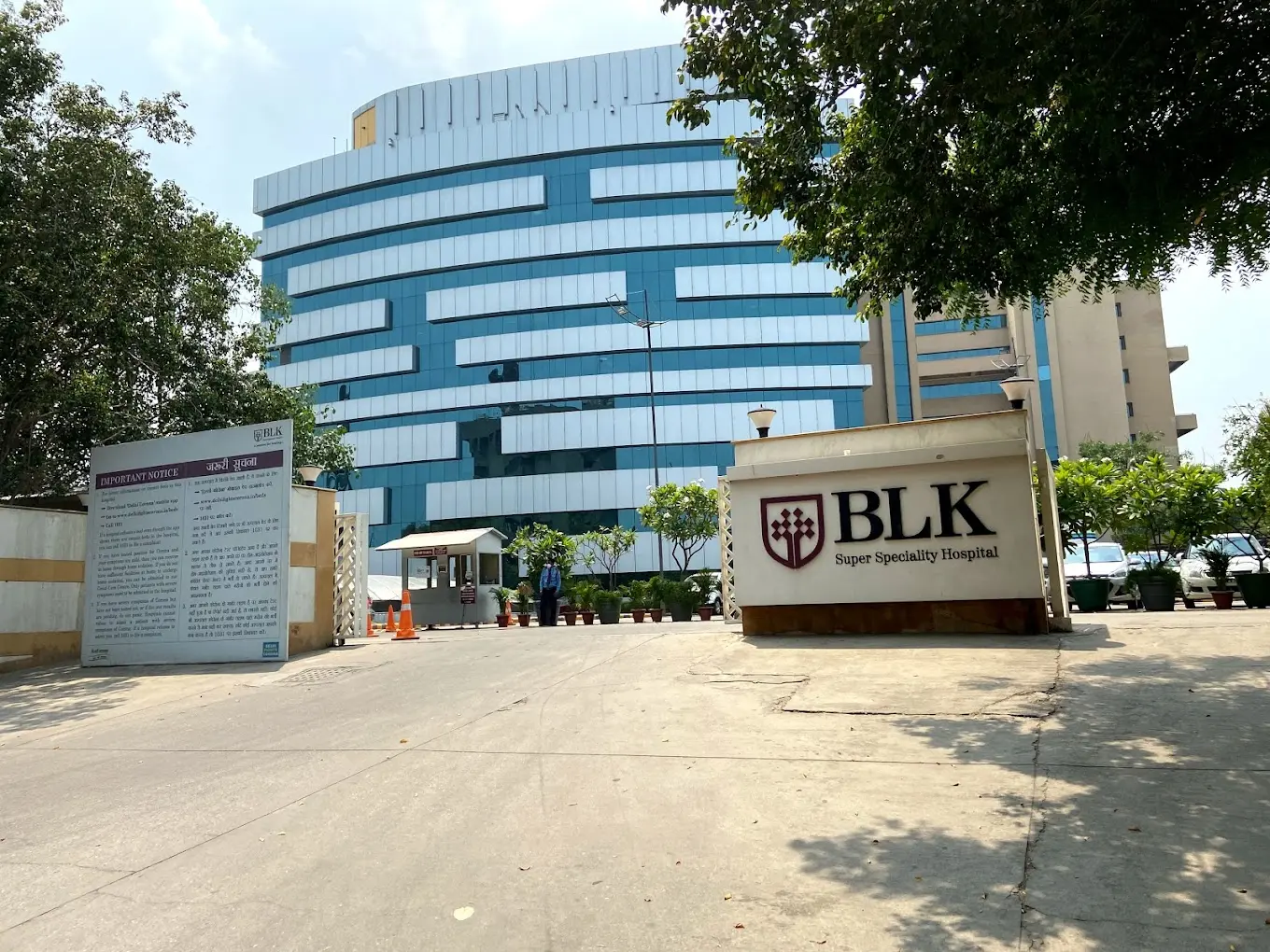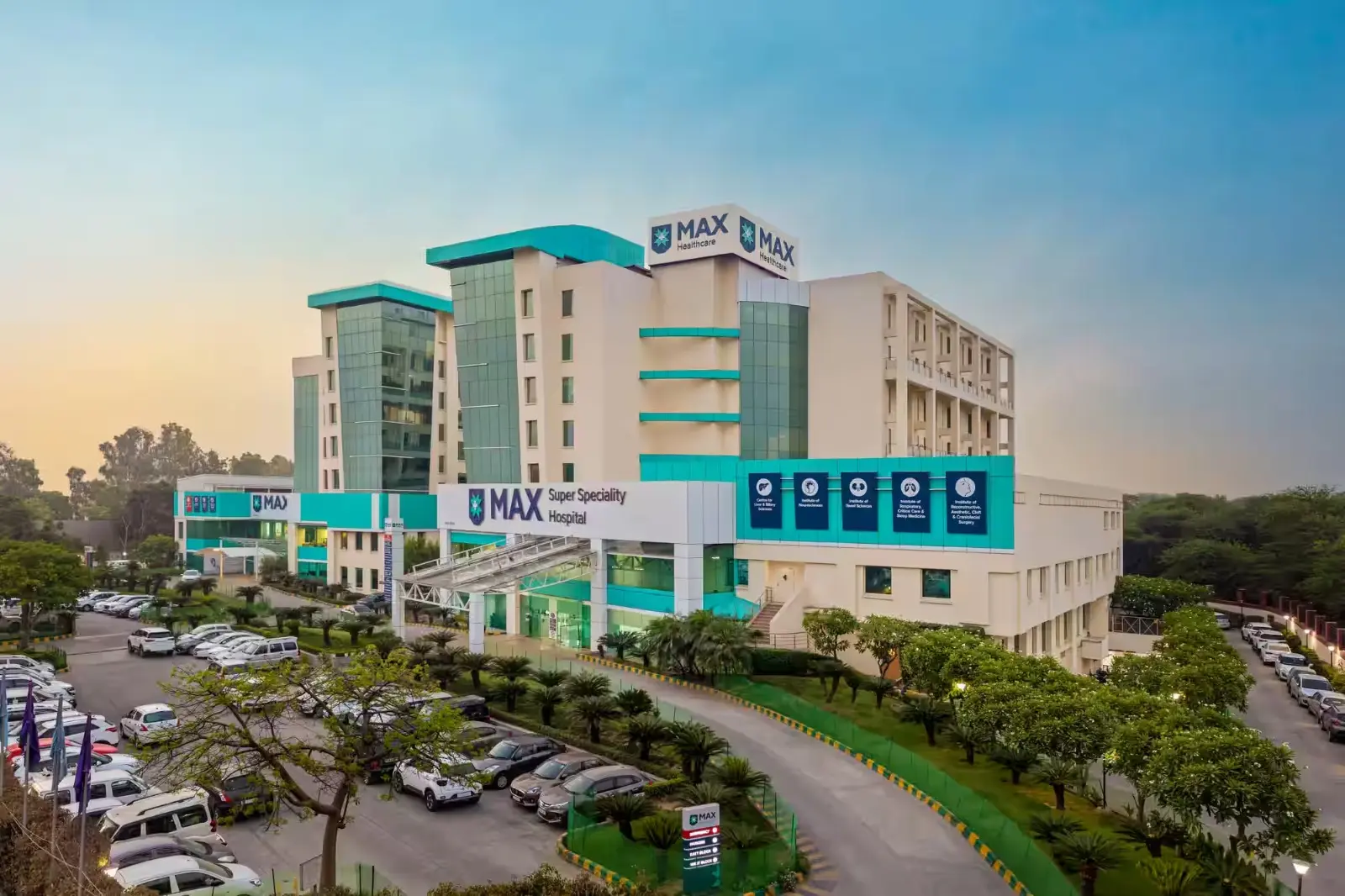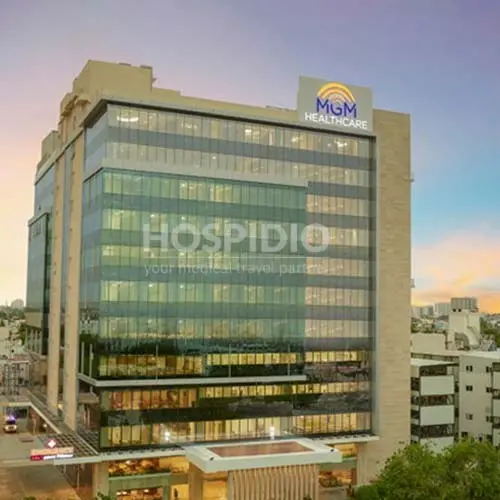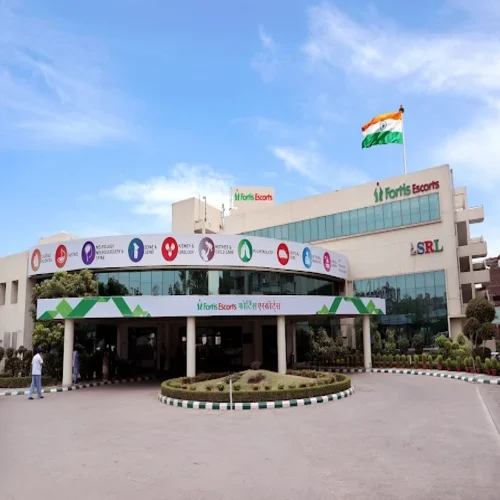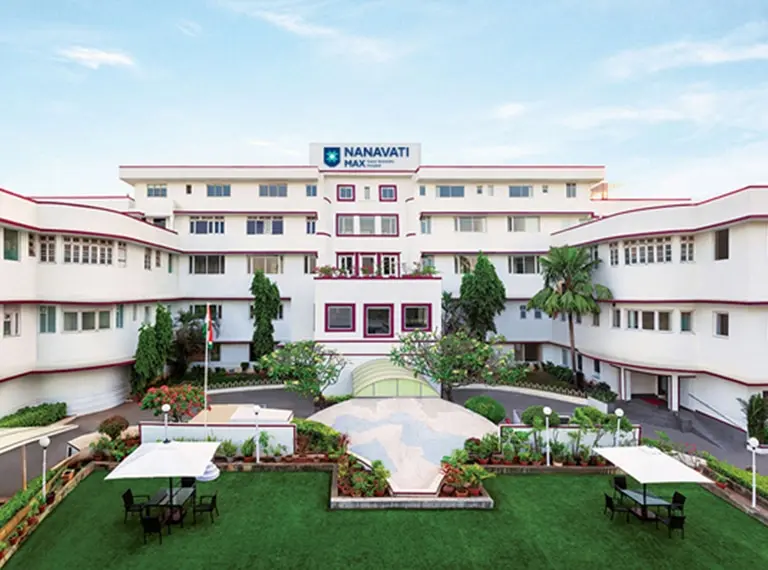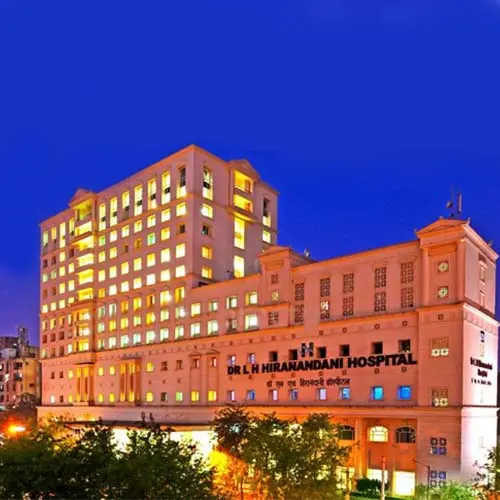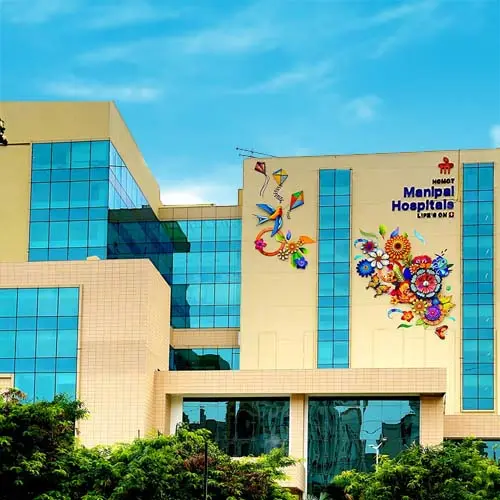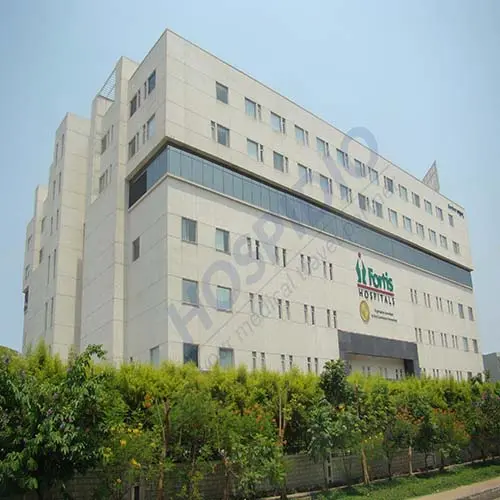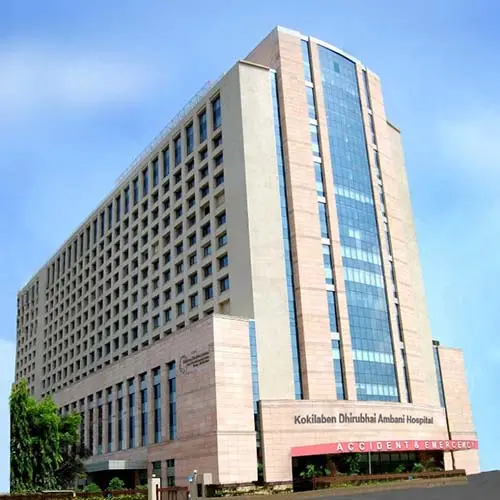Trigeminal Neuralgia Treatment cost in India
The trigeminal neuralgia cost in India ranges between $3,000 and $8,500, which is approximately equivalent to 2,55,000 to 7,22,000 Indian Rupees. For mild cases, medications are the first line of treatment and costs significantly less. However, if medicines no longer provide relief or cause severe side effects, surgical options such as Microvascular Decompression (MVD), Gamma Knife Radiosurgery, or Percutaneous Rhizotomy, Gasserion Block may be recommended.
Cost Range of Trigeminal Neuralgia Treatment cost in India
What is Trigeminal Neuralgia?
Trigeminal neuralgia is a chronic nerve condition that causes sudden, severe, and stabbing pain on one side of the face. It affects the trigeminal nerve, which carries sensations from the face to the brain. Even simple activities like brushing your teeth, eating, talking, or feeling a light breeze can trigger intense pain episodes.
The condition often results from pressure on the trigeminal nerve, most commonly caused by a blood vessel pressing against it, but it can also be linked to nerve damage from multiple sclerosis, tumors, or other causes. Pain attacks can last for a few seconds to a couple of minutes and may occur multiple times a day, making daily life challenging.
While medicines can help control symptoms in many patients, some may require minimally invasive procedures or surgery for long-term relief. With early diagnosis and the right treatment plan, most patients can significantly reduce or eliminate pain and regain quality of life.
Get a free cost estimate
Causes of Trigeminal Neuralgia
Trigeminal neuralgia happens when there is a problem with the trigeminal nerve, the main nerve that carries sensations from your face to your brain. This nerve can become irritated, compressed, or damaged, which leads to sudden, severe facial pain. The most common reasons are explained below:
1. Nerve Compression by a Blood Vessel
- The most common cause is a blood vessel (usually an artery or vein) pressing on the trigeminal nerve near where it enters the brain.
- This constant pressure damages the nerve’s protective covering (myelin sheath), making it more sensitive and easily triggered.
2. Multiple Sclerosis (MS)
- MS is a condition that damages the myelin sheath around nerves.
- In some people, this damage affects the trigeminal nerve, leading to trigeminal neuralgia symptoms.
3. Tumors or Cysts
- Growths in the brain or near the nerve can put pressure on it, causing pain.
- These are rare but important to rule out during diagnosis.
4. Injury or Surgery
- Facial trauma, dental surgery, or other procedures can sometimes injure the nerve and trigger trigeminal neuralgia.
5. Other Rare Causes
- Certain brain conditions, aneurysms (blood vessel bulges), or chronic inflammation can also affect the trigeminal nerve.
Eligible Candidates for Trigeminal Neuralgia Treatment in India
Candidates with the following indications and conformance are eligible for treatment for trigemical neuralgia:
1. Confirmed Diagnosis of Trigeminal Neuralgia
- Diagnosis made by a neurologist or neurosurgeon after reviewing symptoms and performing necessary tests such as MRI to rule out other causes of facial pain.
- Ensures that the treatment plan targets a proven nerve condition.
2. Persistent or Severe Facial Pain
- Patients who experience sharp, stabbing, or electric-shock-like facial pain that recurs frequently.
- Pain may be triggered by everyday activities like eating, talking, brushing teeth, or even light touch.
3. Limited Relief from Medications
- Suitable for patients who do not respond well to medicines or experience severe side effects from long-term drug use.
- These patients may be candidates for surgical or minimally invasive treatment options.
4. Good Overall Health for Surgery (if Needed)
- Stable heart, kidney, and lung function for those considering surgical procedures like Microvascular Decompression (MVD).
- No uncontrolled chronic illnesses or active infections.
5. Willingness to Commit to Post-Treatment Care
- Commitment to follow-up appointments, physiotherapy (if recommended), and lifestyle adjustments to manage triggers.
- Understanding that in some cases, pain may recur and further treatment may be needed.
Types of Trigeminal Neuralgia Treatment in India and its Cost
Here is an overview of the common types of Trigeminal Neuralgia Treatment along with their approximate cost range in USD:
Treatment Type | Purpose | Approximate Cost (USD) |
Medications | First-line treatment using drugs like carbamazepine or oxcarbazepine to control nerve pain. | $200 – $500 (per year) |
Microvascular Decompression (MVD) | Surgical procedure to relieve pressure on the trigeminal nerve by repositioning or removing the blood vessel causing compression. | $6,500 – $8,000 |
Gamma Knife Radiosurgery | Non-invasive, targeted radiation therapy to damage the trigeminal nerve root and block pain signals. | $6,500 – $7,500 |
Percutaneous Rhizotomy | Minimally invasive procedure where the nerve fibers causing pain are selectively destroyed. | $3,500 – $5,000 |
Balloon Compression | A balloon is inserted and inflated near the nerve root to compress and damage pain fibers. | $3,500 – $5,000 |
Glycerol Injection | Injection of glycerol at the nerve root to damage pain fibers and relieve pain. | $1,000 – $1,500 |
Gasserian Ganglion Block | Injection of anesthetic or medication at the Gasserian ganglion to block pain signals from the trigeminal nerve. | $2,500 – $4,000 |
Get a free cost estimate
Trigeminal Neuralgia Treatment Cost in India Inclusions
Patient investigations before surgery
Surgeon fee, OT charges, anesthesia (if needed)
Pre-operative outpatient consultations
Routine drugs and consumables required during hospitalization
Pre-anaesthesia check-up and clearance
Hospital stay and meals as per the package
Trigeminal Neuralgia Treatment Cost in India Exclusions
Hotel stay, meals and flights
Extended hospital stay
Post-operative follow-ups and medical management
Post-operative dressing and nurse visits
Any blood products
Complications management
Treatment for any other underlying medical conditions
Any complex investigations
Anything not covered in the package
Other Factors Affecting Trigeminal Neuralgia Treatment Cost in India
Age of the patient and diagnosis
Choice of location, doctor and hospital
Pre-existing medical history
Type of surgery
Overall patient status and condition at the time of surgery
Types of Tests for Trigeminal Neuralgia in India
Test Category | Purpose | Common Tests |
Neurological Examination | To assess facial sensation, muscle function, and identify the affected nerve branches. | Detailed neurological exam by a neurologist. |
Imaging Tests | To detect the cause of nerve compression, such as a blood vessel, tumor, or multiple sclerosis. | MRI Brain with trigeminal nerve protocol, MRA (Magnetic Resonance Angiography), CT scan (if needed). The cost is around $350- $400. |
Blood Tests | To rule out infections, inflammation, or metabolic causes of nerve pain. | Complete Blood Count (CBC), ESR, blood sugar, kidney and liver function tests. The cost is around $80- $100. |
Electrophysiological Tests | To measure nerve function and signal transmission. | Nerve conduction studies (NCS), Electromyography (EMG). The cost is around $120- $150. |
Diagnostic Nerve Blocks | To confirm the pain source by temporarily numbing the trigeminal nerve or its branches. | Gasserian ganglion block or peripheral trigeminal nerve block with local anesthetic. The cost is around $100- $150. |
Why India is Preferred for Trigeminal Neuralgia Treatment?
India is one of the most preferred destinations for trigeminal neuralgia treatment because it offers an ideal balance of affordability, advanced technology, and expert medical care. The overall cost of treatment in India — whether it involves Microvascular Decompression (MVD), Gamma Knife Radiosurgery, or minimally invasive procedures like Gasserian Ganglion Block — is 40–70% lower than in countries such as the USA, UK, or UAE, while still meeting global healthcare standards.
Top hospitals in India for trigeminal neuralgia treatment in India are equipped with modern neurosurgery units featuring advanced technology such as 3D neuronavigation, high-resolution MRI, and stereotactic radiosurgery systems. This enables precise diagnosis and safe, effective treatment.
Indian neurosurgeons are highly experienced, often with international training, and perform a high number of complex nerve surgeries each year, which helps improve treatment success rates. Patients also benefit from multiple treatment options available in a single country, ranging from medications to advanced surgical techniques, allowing for fully personalised care.
Another key advantage is minimal waiting time. Most patients can start treatment within days of diagnosis, which is crucial when managing severe facial pain. For international patients, Indian hospitals provide strong logistical and emotional support, including medical visa guidance, airport pick-up and drop, interpreter services, affordable accommodation, and post-treatment follow-up. This combination of world-class expertise, modern facilities, cost savings, and patient-centric care makes India one of the top choices worldwide for trigeminal neuralgia treatment.
Best Hospitals For Trigeminal Neuralgia Treatment in India
FAQs
Yes, recurrence is possible, especially after less invasive treatments. However, MVD offers the longest-lasting relief in most cases.
During surgery or minimally invasive procedures, you will be under anesthesia, so you won’t feel pain. Some mild discomfort or soreness may occur after the procedure, but it is usually temporary.
For minimally invasive treatments, rehabilitation is often not necessary. However, after MVD or major nerve surgery, short-term recovery support and gentle facial exercises may be advised.
Many patients can gradually reduce or stop medication if the surgery successfully controls pain. Your doctor will guide you through a safe tapering process.
Recovery depends on the procedure: MVD:
- Usually 4–6 weeks for complete recovery.
- Minimally invasive procedures: Often 2–7 days.
Possible risks include facial numbness, mild weakness in jaw muscles, or recurrence of pain. MVD carries slightly higher surgical risks but also offers the longest pain-free period.
For minimally invasive procedures, many patients can travel within a few days. For MVD, it’s advisable to wait at least 7–10 days post-surgery before flying.
No treatment can guarantee lifelong results. MVD offers the highest long-term success rate, but recurrence is possible after months or years.

